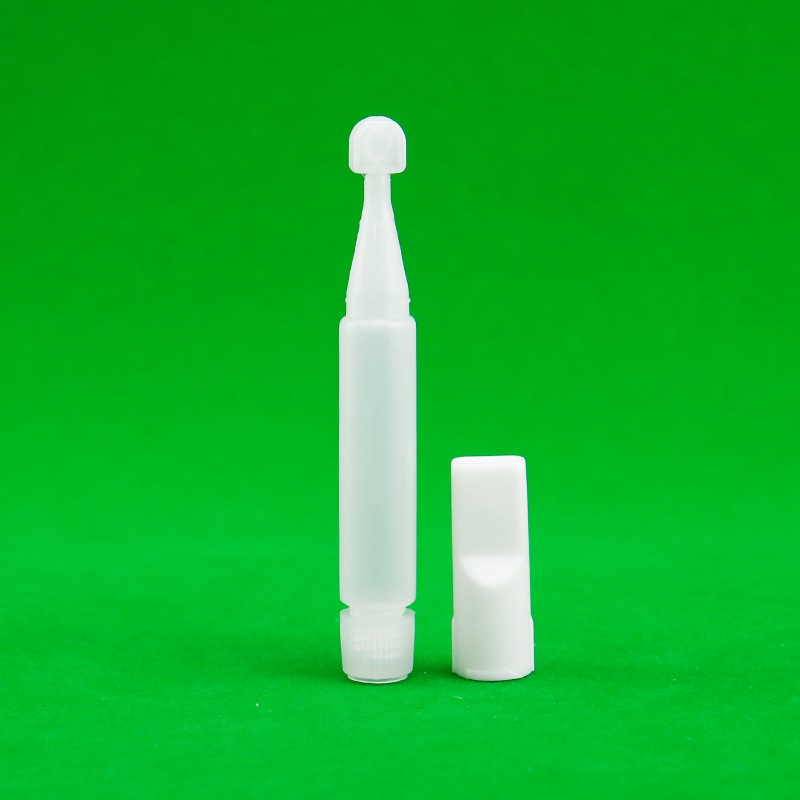The Art of Folded Flyer Design A Comprehensive Guide
In today’s fast-paced world where digital advertising often overshadows traditional methods, folded flyers still hold a unique charm and effectiveness in marketing. They are versatile, engaging, and a physical representation of your brand. A well-designed folded flyer can capture attention, convey critical information, and inspire action, making it an essential tool for businesses and organizations alike.
Understanding the Basics of Folded Flyer Design
Before diving into the design process, it is crucial to understand the different types of folded flyers available. Common types include bi-fold, tri-fold, and z-fold flyers. Each type presents unique advantages and serves specific purposes. For instance, tri-fold flyers are excellent for providing detailed information in a compact format, making them perfect for brochures, event showcases, or promotional materials.
Key Design Elements to Consider
1. Content is King The first rule of effective flyer design is prioritizing the content. Begin with a clear message and purpose. What do you want your audience to know? Keep the text concise—focus on essential information, benefits, and a compelling call to action. Catchy headlines paired with engaging subheadings can also help grab attention.
2. Visual Impact Flyers are visual communication tools, so design matters. Utilize high-quality images and graphics that align with your brand's theme. Colors also play a significant role; choosing a color palette that resonates with your brand identity can enhance your flyer’s appeal. Ensure there is a good contrast between background and text for readability.
folded flyer design

3. Layout and Structure The fold of the flyer can influence how content is displayed. Prior to designing, map out how each panel will be used. The front cover should entice the reader to open it, while the inside should deliver the core message effectively. Avoid cluttered designs; white space is your friend as it makes the flyer more digestible.
4. Typography Selecting the right fonts is crucial to ensure readability and to convey the right tone. Sans serif fonts typically work well for headlines, while serif fonts can be effective for body text. Ensure that the font size is legible, even from a distance.
5. Branding Every flyer should echo your brand identity. Incorporate your logo, brand colors, and any specific elements that reflect your business ethos. Consistency in branding fosters recognition, establishing trust with your audience.
Printing Considerations
Once your design is complete, attention turns to printing. Choose quality paper that enhances the tactile feel of your flyer, as this can significantly impact how it is perceived. Matte finishes can convey elegance, while glossy paper might attract attention with bright colors. Don’t forget to think about the fold technique as well; some designs might need specific folding styles that require professional printing.
Conclusion
Folded flyer design is an art that, when done correctly, can significantly boost marketing efforts. By focusing on compelling content, stunning visuals, strategic layouts, and consistent branding, you create a powerful tool that communicates effectively with your audience. As you embark on your flyer design journey, remember that its ultimate purpose is to inform, engage, and drive action—embrace the creative process, and let your flyers do the talking!



